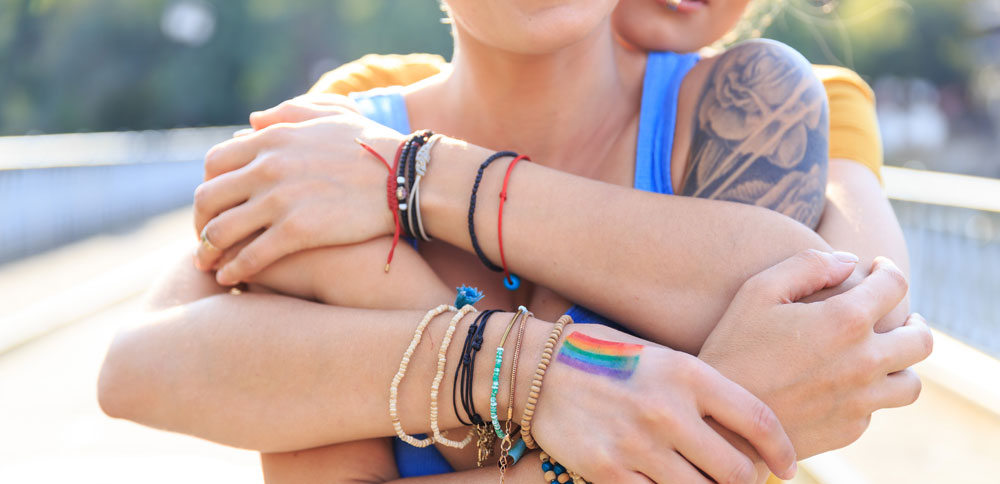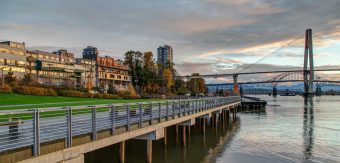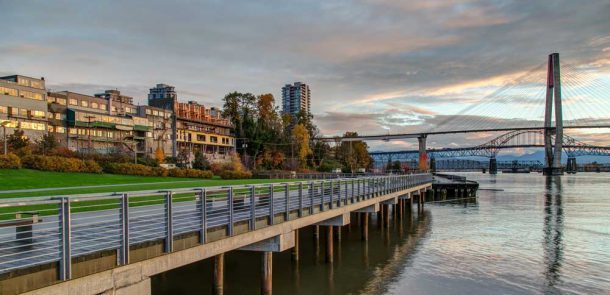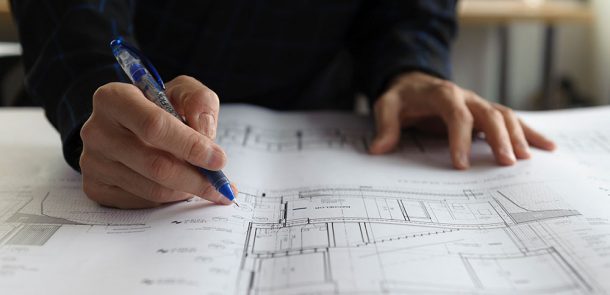Twenty years ago, I moved to Vancouver with my then-partner. We headed West at that time because it was much safer to be ‘out’ as a queer person than it was back East.
Before we began our cross-Canada journey, I made a cold call to a lesbian-owned bookstore on Commercial Drive – the Book Mantel – to ask them the question, ‘what part of town do the lesbians live?’ because that’s where WE wanted to live.
Not only did they tell us ‘Commercial Drive’ without hesitation, but one of the co-owners (a women we had never met) offered that we could live in her basement until we found an apartment just as soon as we arrived here in town.
I’ll never forget that moment. A stranger offered their home to a young queer couple, because she wanted to help them out.
Community like that? It is such a gift, and so, so valued. In the LGBTQ community, where significant numbers of people are still kicked out of their homes for being queer or trans, an accepting community is critical to our wellness. But with rising housing prices and an increasingly politically tempestuous world these types of connections are harder to find.
The LGBTQ+ community is one of MANY groups who cannot afford to live ‘together’ due to the fact that significantly-rising property prices make it impossible for ‘gaybourhoods’ to exist in the Vancouver area. As such, Vancouver’s East Side is now bereft of that magical ‘nook’ that was a home for queer women, transgender and gender-variant people. Davie Street is suffering the same fate, save for its most wealthy. That beautiful, collective charm is becoming more disparate, and it results in a genuine loss to the LGBTQ+ community.
And for the rest of us, too.
The question is how does the migration of members of the LGBTQ+ communities away from costly Vancouver affect us all on a social AND economic level?
In addition to supporting this community being the right thing to do from an equality standpoint, when people leave Vancouver we lose talent to run our businesses and contribute to our local economy.
The good news is that Gaybourhoods are still vibrant, growing and evolving. Two cities in particular – New Westminster and Winnipeg – are waving their LGBTQ+ flags proudly, and likely benefitting from dwindling numbers in Vancouver both socially and economically.
Growth in New Westminster
Although it is impossible to measure New Westminster’s LGBTQ+ community ‘size’, their Pride growth figures tell an impressive tale. Organizers say at their first Pride parade in 2010, roughly 400 people came out for the event. In 2016 numbers brought in 25,000 people. And their upcoming 2017 Pride – taking place August 12th-19th is expecting to grow even further.
And in Winnipeg
Winnipeg’s Pride growth is also impressive. The Pride parade numbers their first year in 2013, according to organizers, contained 32 entries (an entry is a float, person or group registered to participate in the parade) and attracted about 1,000 people. This year there were 103 entries and roughly 10,000 in attendance.
Jonathan Niemczak, President of the Pride Winnipeg festival says that without question, his city’s support of the LGBTQ+ community starts at the top. “Our Mayor, Mayor Brian Bowman, has been working hard to make sure that city forums are not binary and are beyond male and female. He’s doing diversity and inclusivity training for city staff. When you have that kind of leadership it is just great.”
And as far as the community growth, Winnipeg recently launched an LGBTQ tourism campaign to help show what their city can offer the LGBTQ+ community. Even the city’s Fairmont Hotel is offering the LGBT Fairmont Escape package, which includes a night at the hotel and a pair of tickets to the Canadian Museum for Human Rights.
Winnipeg realtor Clara Mitchell Enns says she has absolutely seen an increase in LGBTQ people buying homes locally. “I’ve certainly had people move here where it is economically and socio-economically safe for them to be themselves. As a member of the Manitoba LGBTQ Chamber of Commerce, I believe inclusivity is important for business, but that isn’t my first motivation. I think it is just important that everyone feel safe in their home-buying process, no matter their orientation.”
New Westminster’s Mayor Jonathan Coté believes that welcoming the LGBTQ+ community is an absolute win-win. “The city of New Westminster is naturally a very diverse and welcoming community, but the local government has really tried to reinforce those values. Back in 2011, the local government opened with welcome arms the thought of bringing a Pride festival to our community, and that has opened the door to many partnerships with the Pride organization. We’ve done things like put a rainbow crosswalk on Columbia Street, and even our senior’s centre, Century House, has been one of the first senior’s facilities that has tried to embrace and bring in the LGBTQ+ community in the senior population. We have Pride events in our senior facilities as well.”
When asked if he would encourage other Mayors to offer up that proverbial LGBTQ+ welcome mat, he answers emphatically. “Our connection with the LGBT community has been a real positive for the City of New Westminster. It connects with our values as a community, but also brings in new populations that can bring some new life and creativity to our community events and business community, it is all a positive.”








